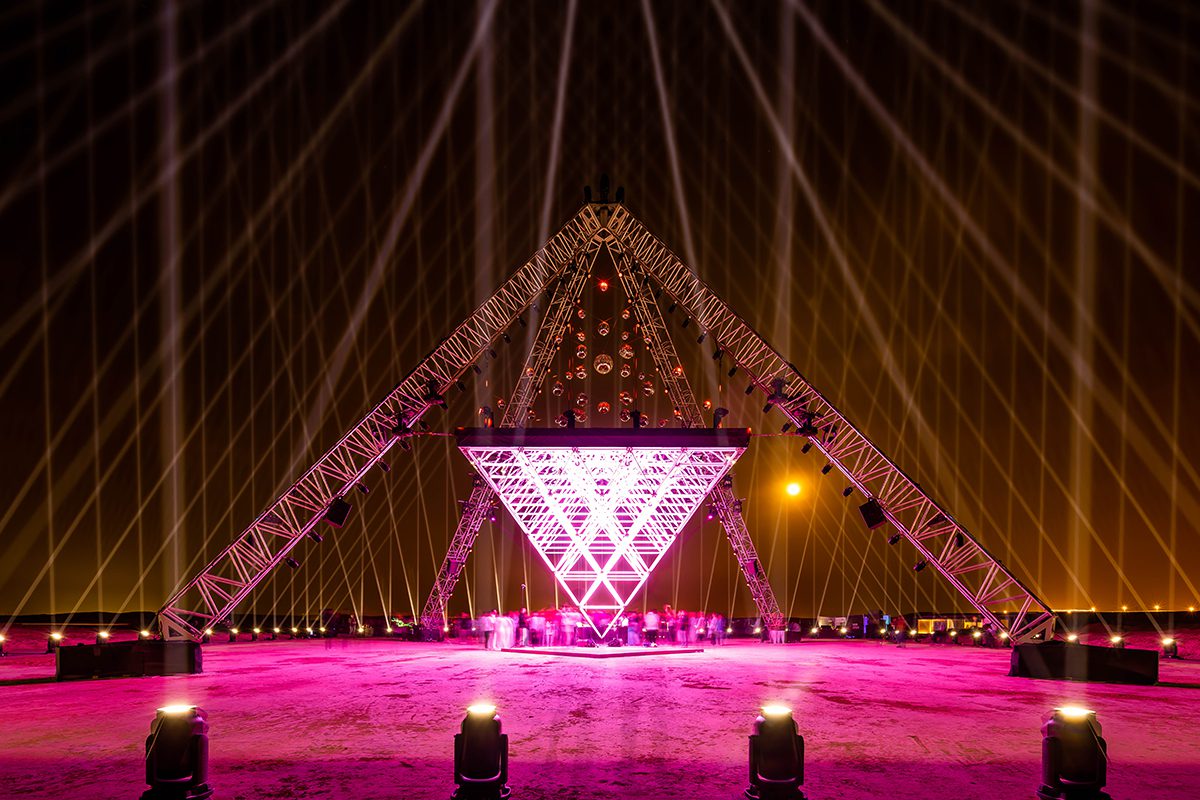
Axion, 2022 by Christopher Bauder. The Royal Commission for Riyadh City is transforming the capital into a local and international art hub
Nouf Almoneef of Noor Riyadh speaks to LUX about creating the biggest festival of light and art in the world, in the Saudi capital
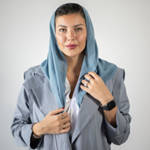
Nouf Almoneef
LUX: Noor Riyadh has engaged some of the world’s most significant artists and curators. What would you like its global reputation to be in 5 or 10 years?
Nouf Almoneef: Today Noor Riyadh is the largest festival of light and art in the world. It is presented by Riyadh Art and plays a central part in the plans to creatively transform Saudi Arabia’s capital into a vibrant, cosmopolitan global city through arts and culture. Noor Riyadh was the first of the Riyadh Art programs to launch, inaugurating what is becoming the project’s legacy of transforming Riyadh into a gallery without walls. Riyadh Art comprises of 10 programs, delivering more than 1,000 public art installations across the city created by local and international artists, and supported by two annual festivals, including Noor Riyadh. Within this overarching program we work to enrich lives through creative joyful experiences, in line with Saudi Arabia’s Vision 2030 goals.
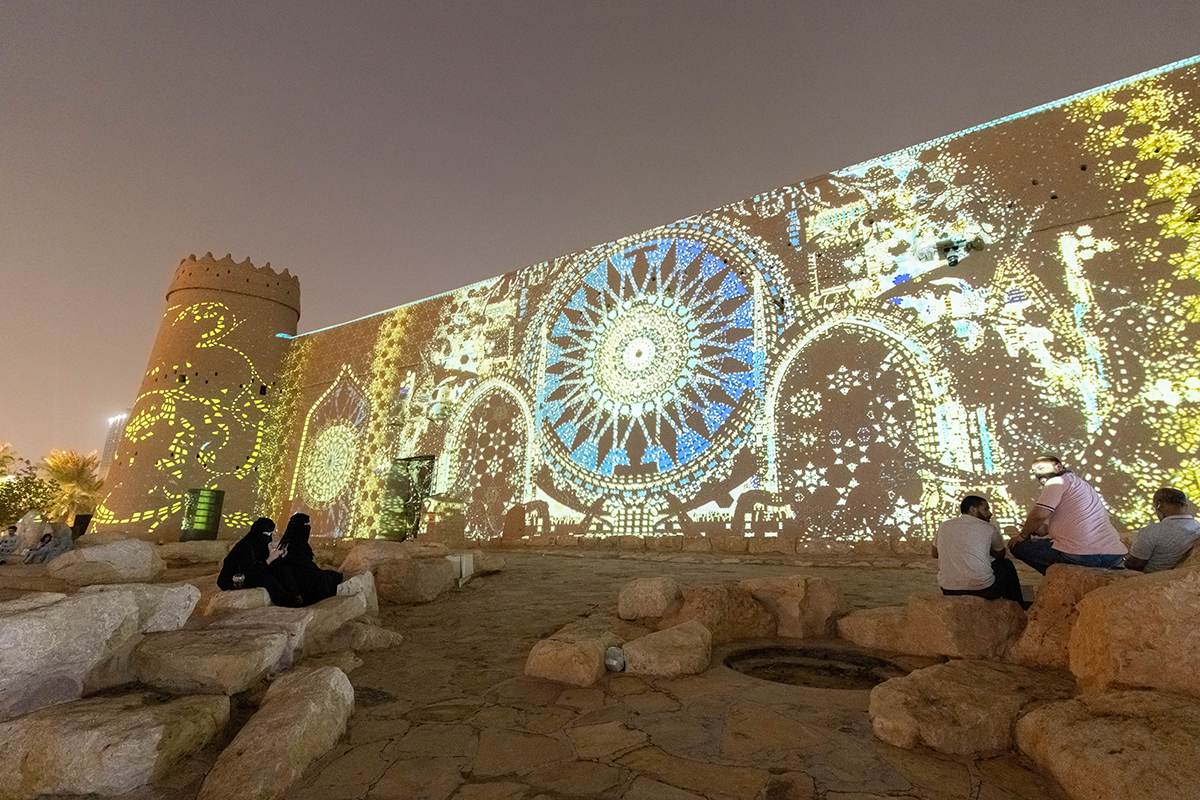
Masmak Garden by Yann Nguema
The main focus of Riyadh Art, and therefore that of Noor Riyadh, is the people. Over 300,000 visitors enjoyed the first edition of Noor Riyadh, even despite the strict Covid restrictions that prevailed last year. In its second edition, we estimate that over 2.5 million local and international visitors were able to joyfully experience Noor Riyadh’s artworks, installations, exhibitions, talks and family-oriented workshops. Noor Riyadh grew three times in size between its first and second editions, but the number of visitors grew significantly above that and we couldn’t be happier!
Follow LUX on Instagram: luxthemagazine
Our wish is that more and more Saudi Arabians and international visitors come to the Noor Riyadh festivals in the future, so may can experience the joy that light brings to the city and its residents.
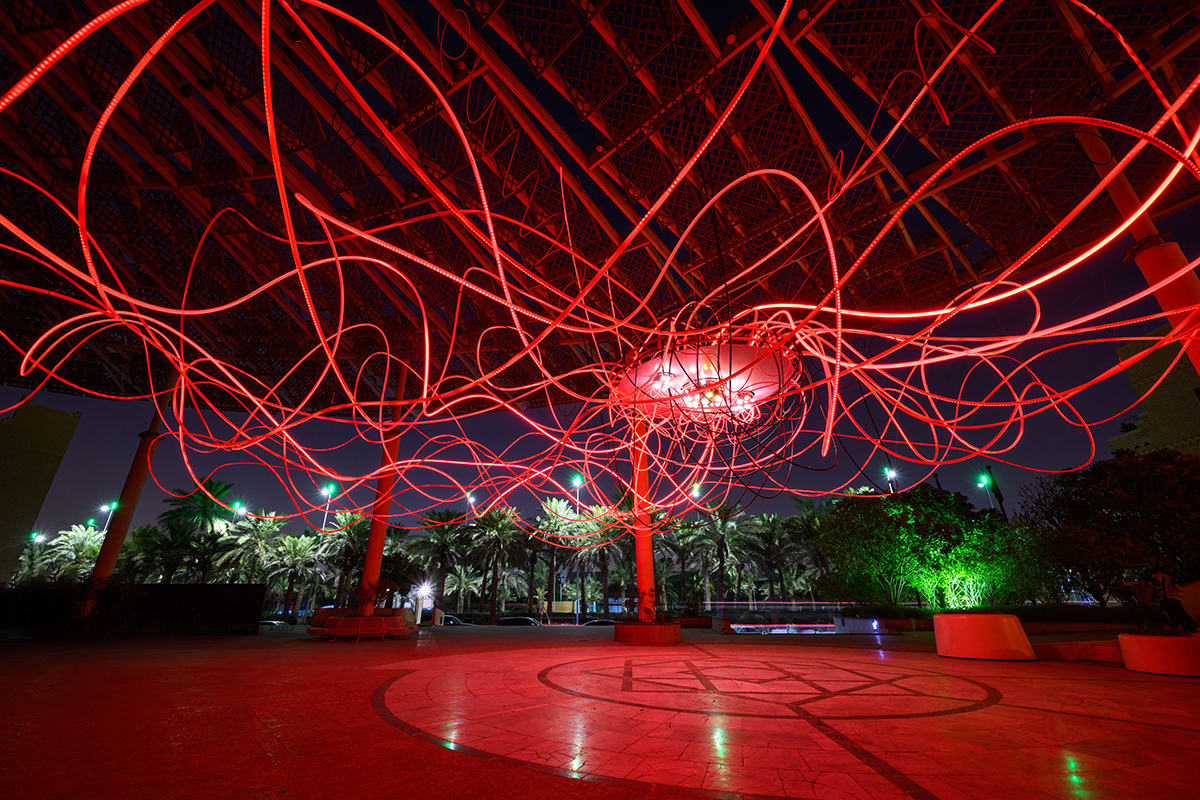
Amplexus by Grimanesa Amorós
LUX: You blend local artists with international names. How much interaction is there between the two, and will there be more in future?
NA: This edition’s participating artists come from 40 countries as far and wide as Madagascar, Uganda, Japan, Puerto Rico, Turkey, Poland, France, United Kingdom, United States and Saudi Arabia. They have been selected by the curators in collaboration with the Festival’s artistic direction team. Noor Riyadh’s curators were selected through a competitive process that ensured a balance between international and local representation both for the curatorial teams and participating artists. The festival is co-curated by Hervé Mikaeloff, Dorothy Di Stefano and Jumana Ghouth. The festival’s accompanying world-class exhibition entitled ‘From Spark to Spirit’ is curated by lead curator Neville Wakefield and associate curator Gaida AlMogren.
The teams’ goal was to unite renowned names in light art with an expanding roster of emerging and established local artists. World renowned artists such as teamLab, Daniel Buren, Douglas Gordon and Alicja Kwade were joined by emerging Saudi talent including Basmah Felemban, Obaid Alsafi and Sara Abdu, to name a few. Noor Riyadh’s 2022 theme is ‘We Dream of New Horizons’, responding to a motif that is both literal and metaphorical in meaning. It alludes to the distant glow of sunrise or sunset and the shining light of our dreams, with a sense of hopefulness for the future. Through a sense of wonder, the artists explored the use of illumination, luminosity and their own encounters with materials as staging relations to otherness and hope in the form of light.
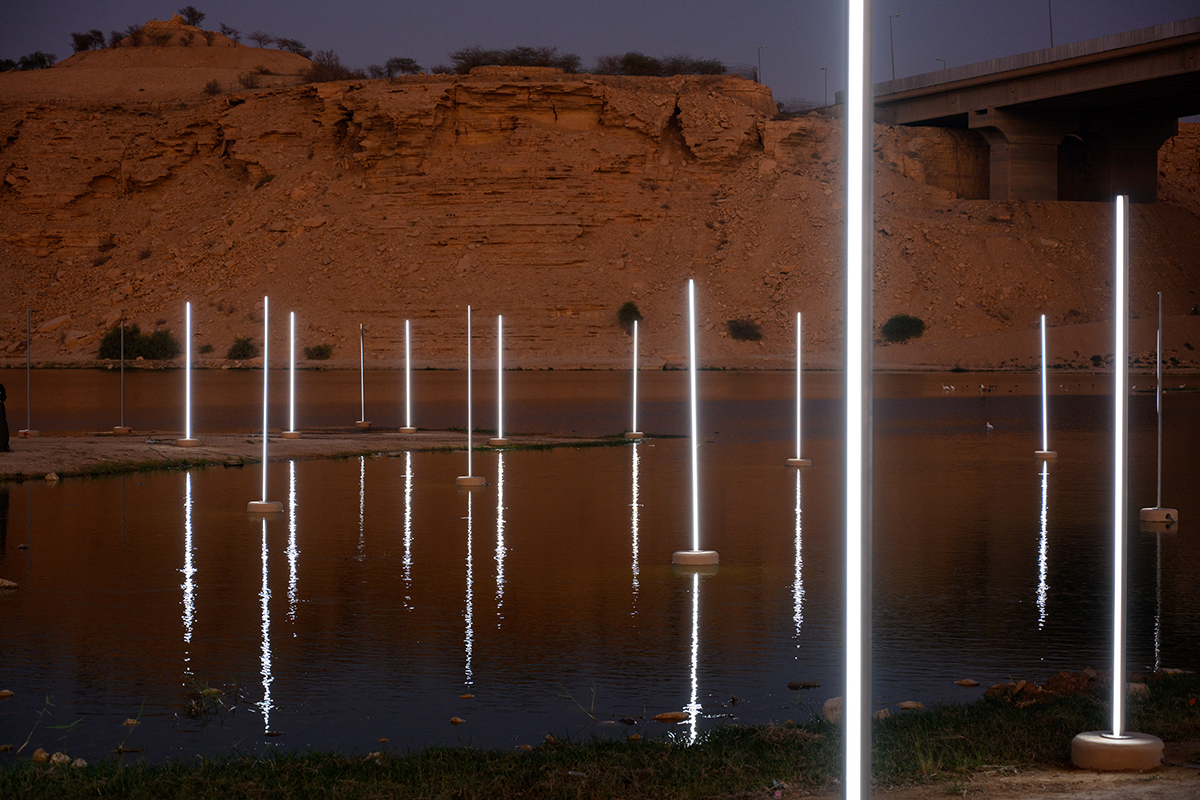
One Thousand Galaxies Of Light by Gisela Colon
As the exhibition ‘From Spark to Spirit’ continues through February 4, 2023 at JAX 03 of JAX District, it traces the role light plays in shaping our relationship to a world for which light itself has become the signal of change. Just as the Light and Space Movement in the 1960s California, USA reflected changes in the established order, this exhibition explores a landscape of light inflected by the rapid cultural transformations shaping the Middle East. The show is again structured as a cultural dialogue and example artists include Doug Aitken, Refik Anadol, Larry Bell, Jim Campbell, John Edmark, Walaa Fadul, Lina Gazzaz, Phillip K. Smith III and Haroon Mirza.
As Noor Riyadh grows, we look forward to keeping the curatorial and artistic dialogue going for the forthcoming editions of the festival.
LUX: How and where is the ground up art scene in Riyadh developing?
NA: Noor Riyadh features an impressive selection of both world-renowned international artists being exhibited alongside established and emerging Saudi talent. One of the key art locations in Riyadh is JAX District, the new destination for arts & culture in the Kingdom, where artists work, and where ‘From Spark to Spirit’ exhibition takes place.
We pride ourselves on working with such exceptional Saudi artists as world renowned Muhannad Shono, leading woman artist Ahaad Alamoudi, who grew between the Saudi Arabia and England and Dr. Zahrah Al Ghamdi, Saudi representing artist at the 2019 Venice Biennale. They are joined by performance artist Sarah Brahim and artist and designer Huda Al-Aithan, amongst others.
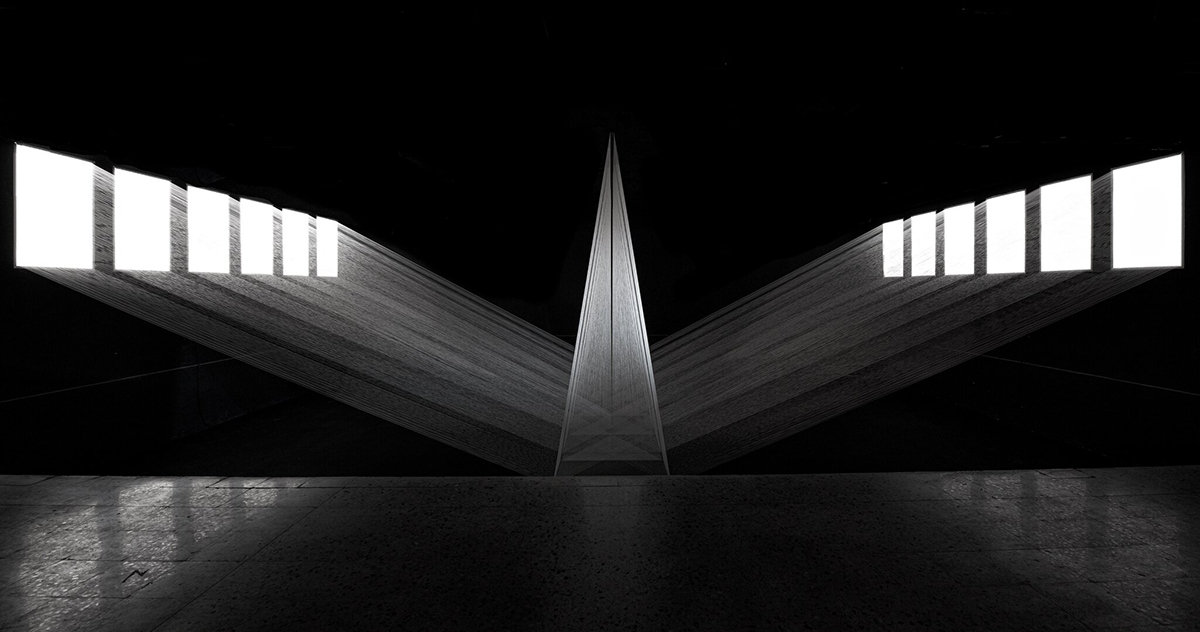
I See You Brightest in the Dark, 2022 by Muhannad Shono
Shono is one of many Saudi artists who have made a return to the Kingdom and this commitment to pushing the Saudi art scene forward is reflected in his international presence. The representative for Saudi Arabia at the 2022 Venice Biennale, for Noor Riyadh 2022 Shono captured the ideas of transformation through journeys, presenting I See You Brightest In The Dark, a large-scale immersive multi-room intervention traversing the floors of an a 1980’s building in the heart of Riyadh Malaz district. Alamoudi and Brahim’s performance-based installations are displayed across the city, responding to Noor Riyadh’s 2022 theme ‘We Dream of New Horizons’. Al-Aithan and Al Ghamdi’s artworks are on show at the ‘From Spark to Spirit’ exhibition.
We direct our efforts towards turning Riyadh into Saudi Arabia´s most vibrant cultural hub, as per Riyadh Art’s directives. Day after day, we put our energy and work towards transforming Riyadh into a gallery without walls.

Vibrance by Bruno Ribeiro
LUX: What are you, personally, finding most interesting about this iteration of the festival?
NA: Noor Riyadh firmly believes art is for everyone so, apart from the magnificent artworks on show across the capital, the festival implemented a very strong community engagement program before, during and after its duration. We want to reach people not only through art itself, but also through all the joy it can bring by learning and by getting actively involved in it.
For example, the Noor Riyadh’s Education Program took over 500 schools and nine universities across the city, reaching over 50,000 students. A team of Noor Festival ambassadors visited each one of those 500 educational establishment to give a presentation on Saudi art and culture, foster awareness and knowledge about art as well as generate excitement and encourage the community to visit Noor Riyadh. We are also very proud of Noor Riyadh’s Apprentice Program, as it benefits 15 young Saudis wanting to pursue a career in public art and the creative industries in the country.
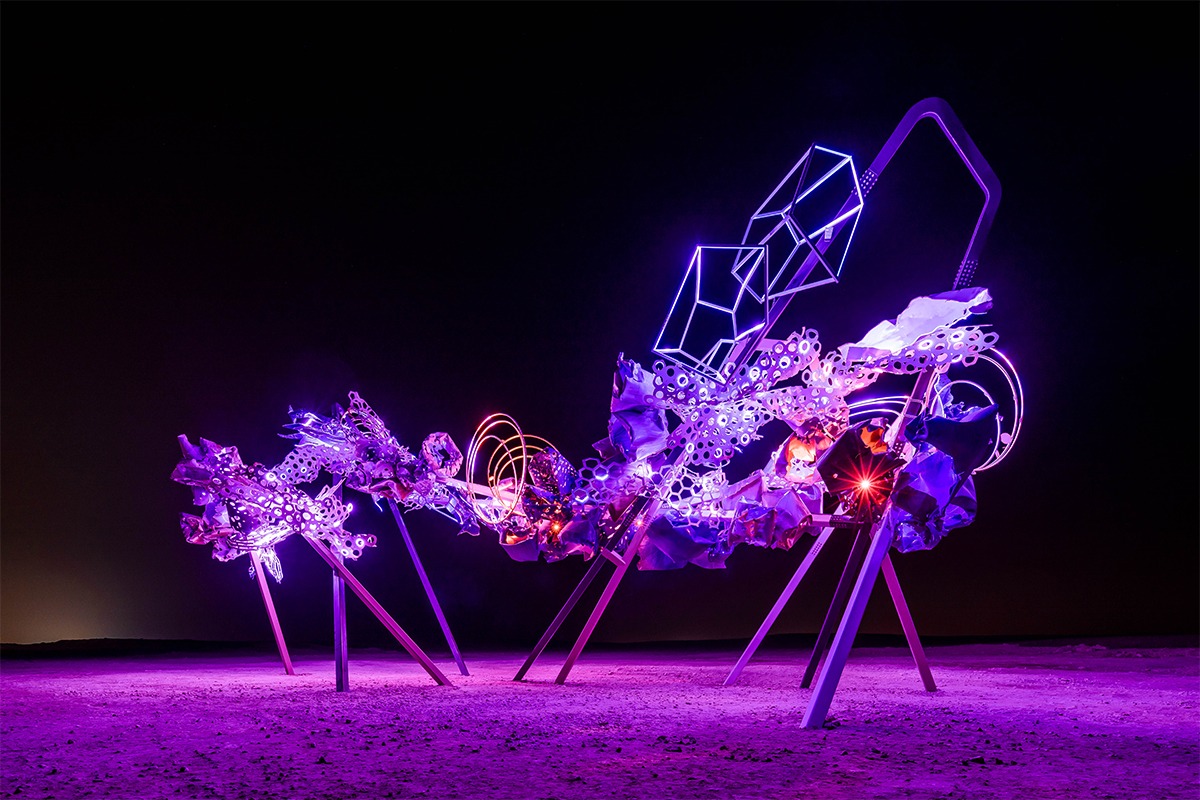
The fifteen apprentices selected to participate in the program benefited from the transfer of knowledge and skills in arts and lighting installation, artist studio management, marketing and career development planning. Additionally, the program provided apprentices with the opportunity to shadow artists preparing for this year’s festival. College graduates have also decided to become part of Noor Riyadh’s volunteer program and provide visitors with information on the various artworks and foment a better understanding of their meaning and purpose.
Read more: Visiting Noor Riyadh, Saudi Arabia’s Festival of Art and Light
This year Noor Riyadh held a charity auction bringing together four major Saudi artists – Ahmed Mater, Moath Alofi, Rashed AlShashai, and Saad AlHowede – in collaboration with the charities Aleradah Org, Saudi Alzheimer’s Disease Association, Al Nahda, and International Rehabilitation Team. The artists worked together to produce 8 pieces that were displayed and put up for auction to benefit the charities’ art programs. The artworks went on sale through the Saudi-based art market platform Atrum from November 14 – 15. Having said that, it is our sincerest wish that this edition of Noor Riyadh truly encourages all its visitors to dream of new horizons.
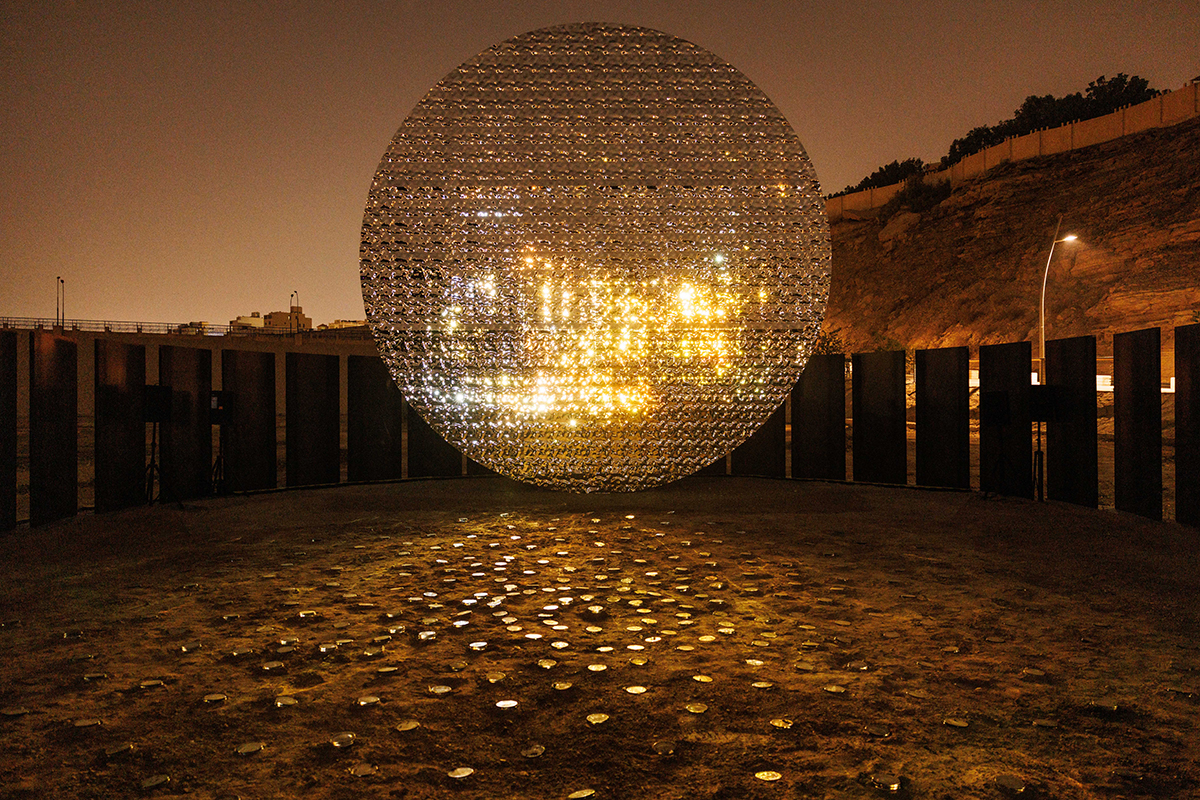
Moon Light Pavilion by Pauline David
LUX: How would you like it to develop? Is your aim ultimately to generate awareness among art collectors, art academia, or more general tourists?
NA: Riyadh Art, and therefore Noor Riyadh, is all about the positive impact art has on people and places. In other words, Noor Riyadh exists to enrich lives through creative joyful experiences. As the festival is citywide spread, going forward, more and more people living in and visiting Riyadh will be enjoying magnificent works of art without traveling outside the city, or making long commutes, or arriving from international locations as all kinds of installations will light the city’s major hubs, both in traditional neighbourhoods and in new, booming areas. We will keep bringing together local communities, from families to artists, students, professionals and more, with international audiences from across the globe.
LUX: What else needs to happen for Riyadh to become a significant fixture on the global art scene?
NA: We have all elements of success in our hands: a balanced team of international and local curators, an ever-growing plethora of world-class artists and, what is more important, a diverse, engaged and excited audience, both locally and internationally. Noor Riyadh has firmly established itself on the global art scene, and our position will be only expanding in the future, gaining more art world ambassadors and admirers. The people of Riyadh and Saudi Arabia are central to meeting these goals, so we will work endlessly to continue engaging them into the many benefits that art brings to their lives and to the city in which they live.
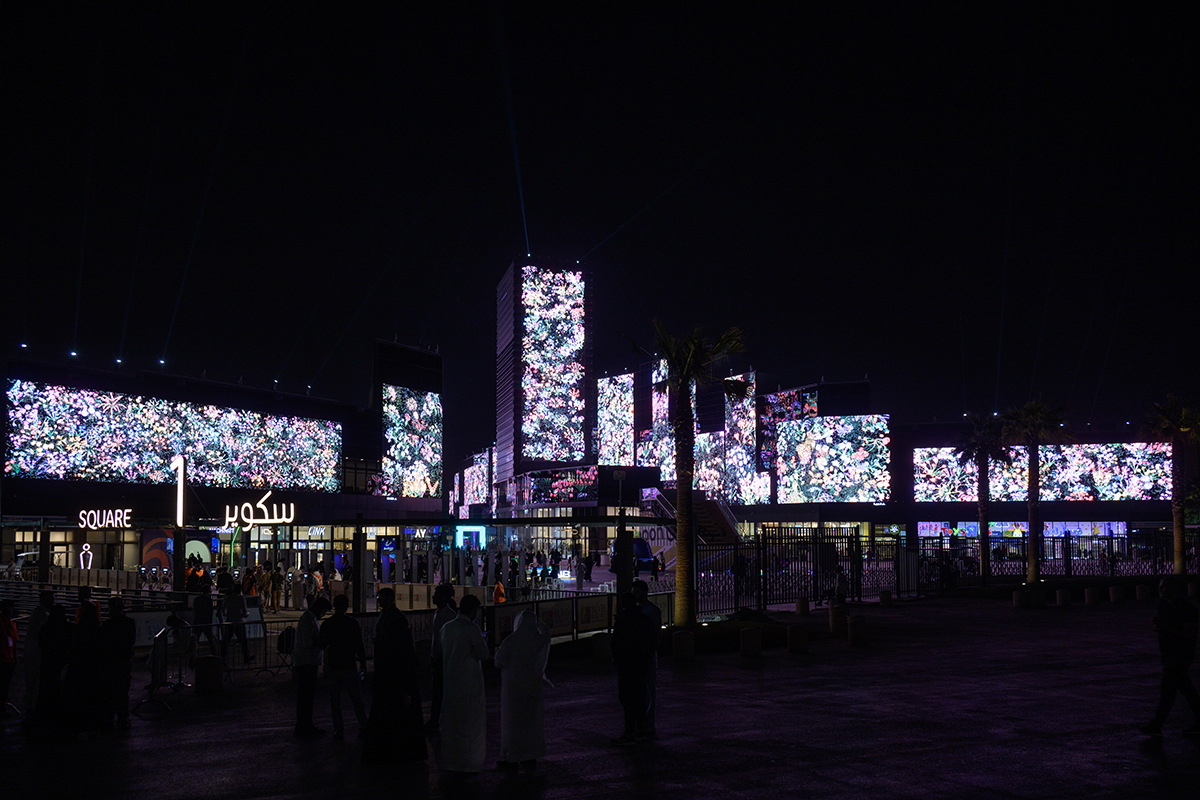
Botanic by Jennifer Steinkamp
LUX: Are there misconceptions about art in Riyadh Saudi Arabia in general internationally? Does the art world observe art with a western eye, and if so is that an issue?
NA: With Riyadh Art programs expansion, as well as other prominent art initiatives in the Gulf region, with the amount of attention to Middle Eastern artists and initiatives I saw at Frieze London this year, I feel that the art world optic became much wider in the last years. The presence and critical acclaim Saudi artists receive internationally, namely at various editions of the Venice Biennale and their increasing presence in the various Riyadh Art initiatives, speaks for itself. It is rewarding to celebrate our artists’ success on the global art scene as well as see international talent create and thrive in Riyadh.
Nouf Almoneef is Project Manager of Noor Riyadh and Architectural Advisor at Royal Commission for Riyadh City (RCRC)
Find out more: riyadhart.sa/noor-riyadh



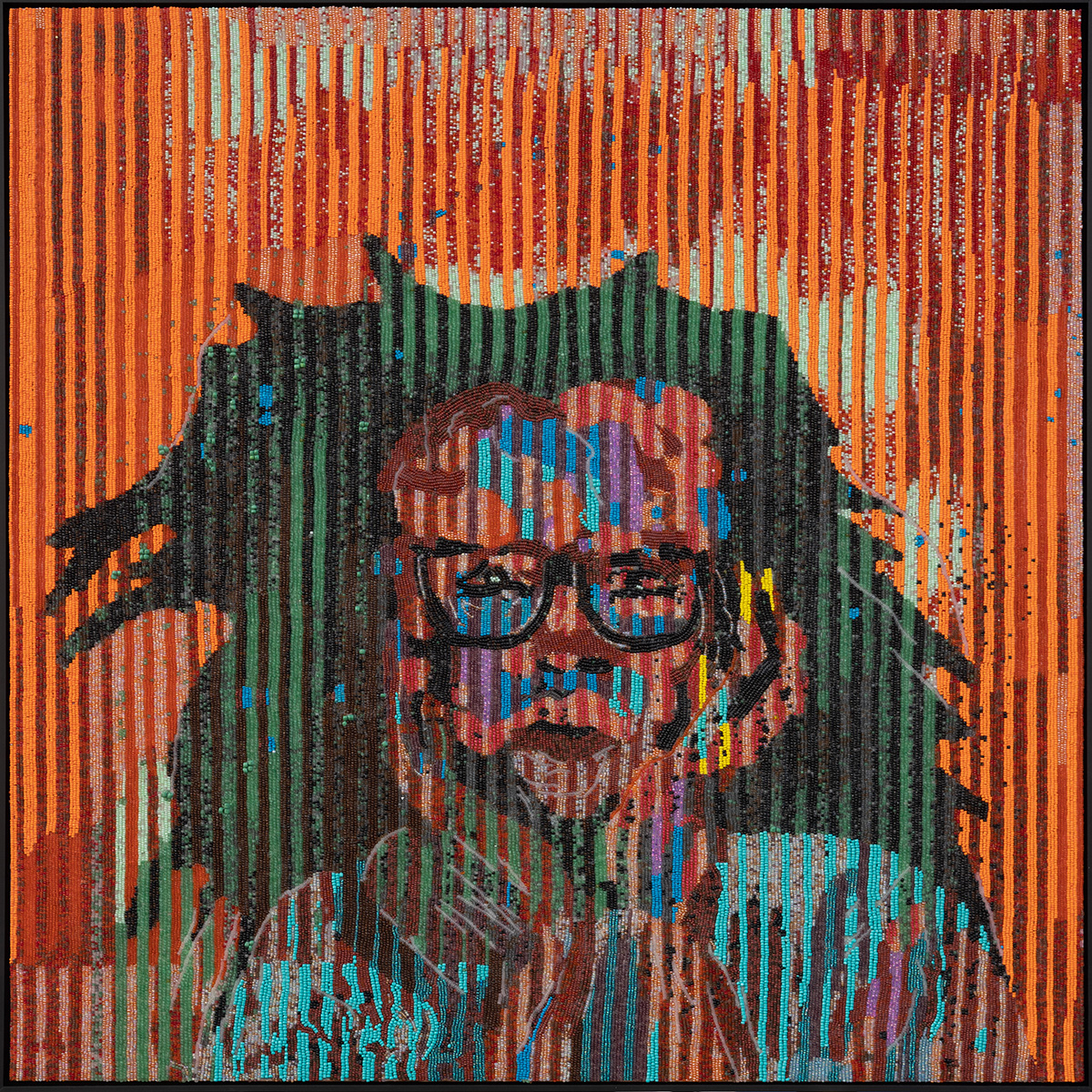
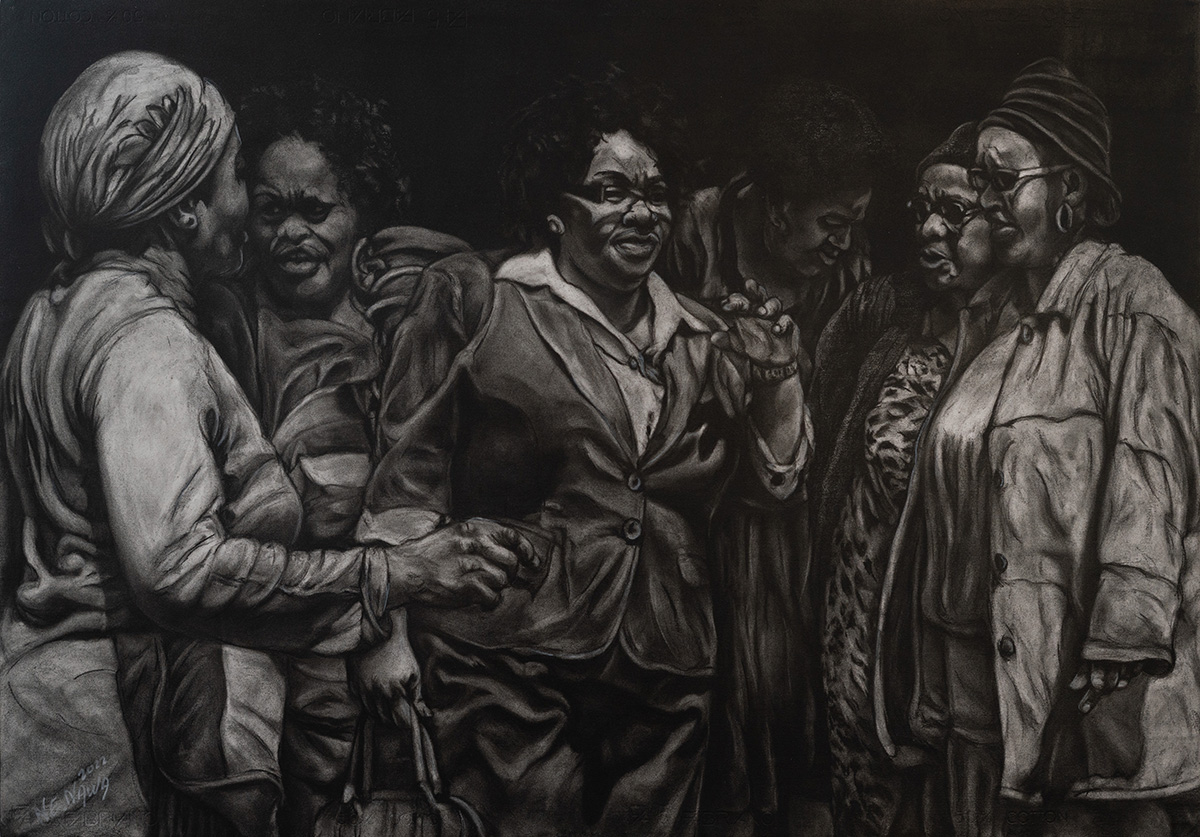
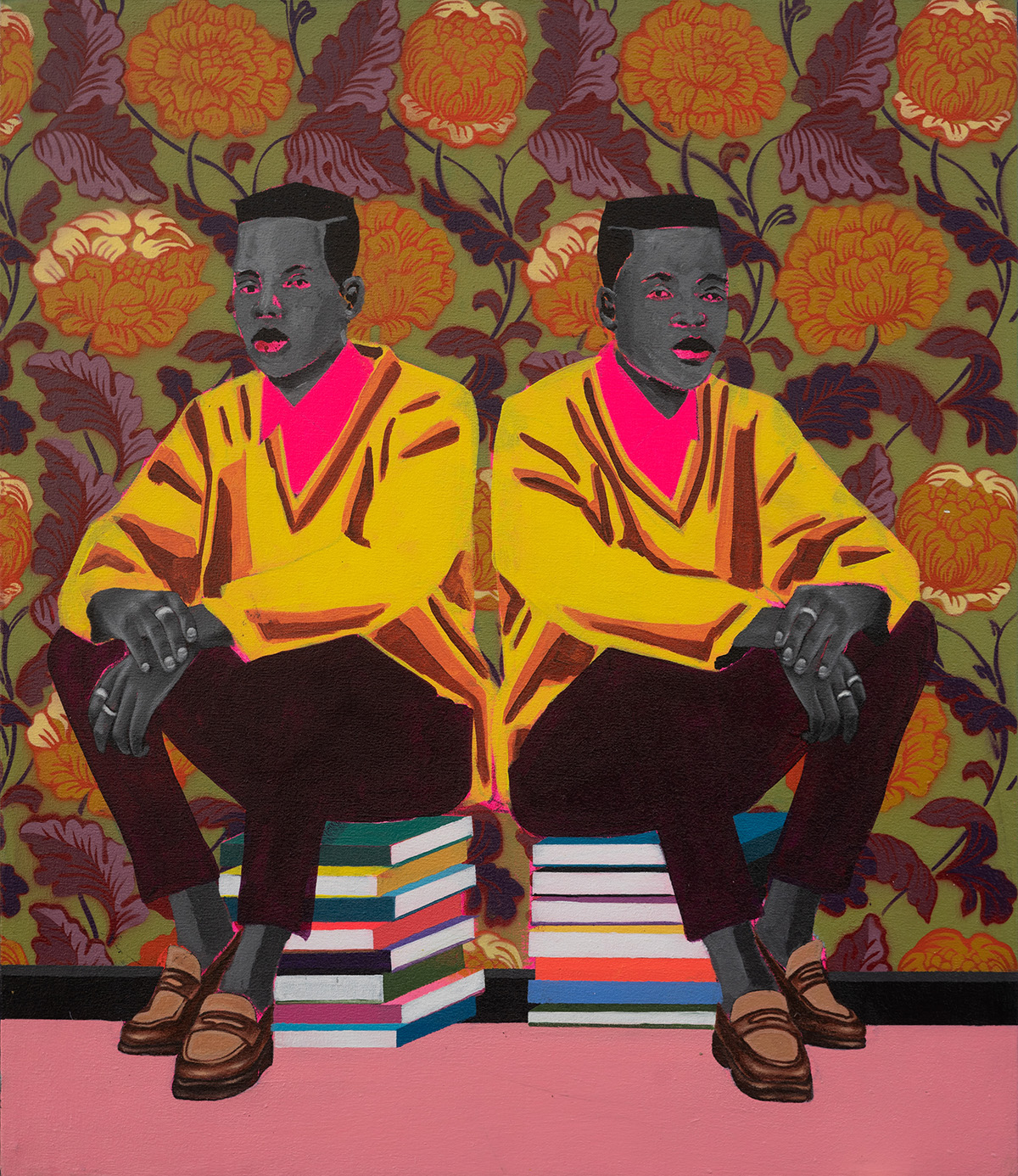
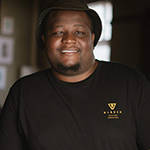
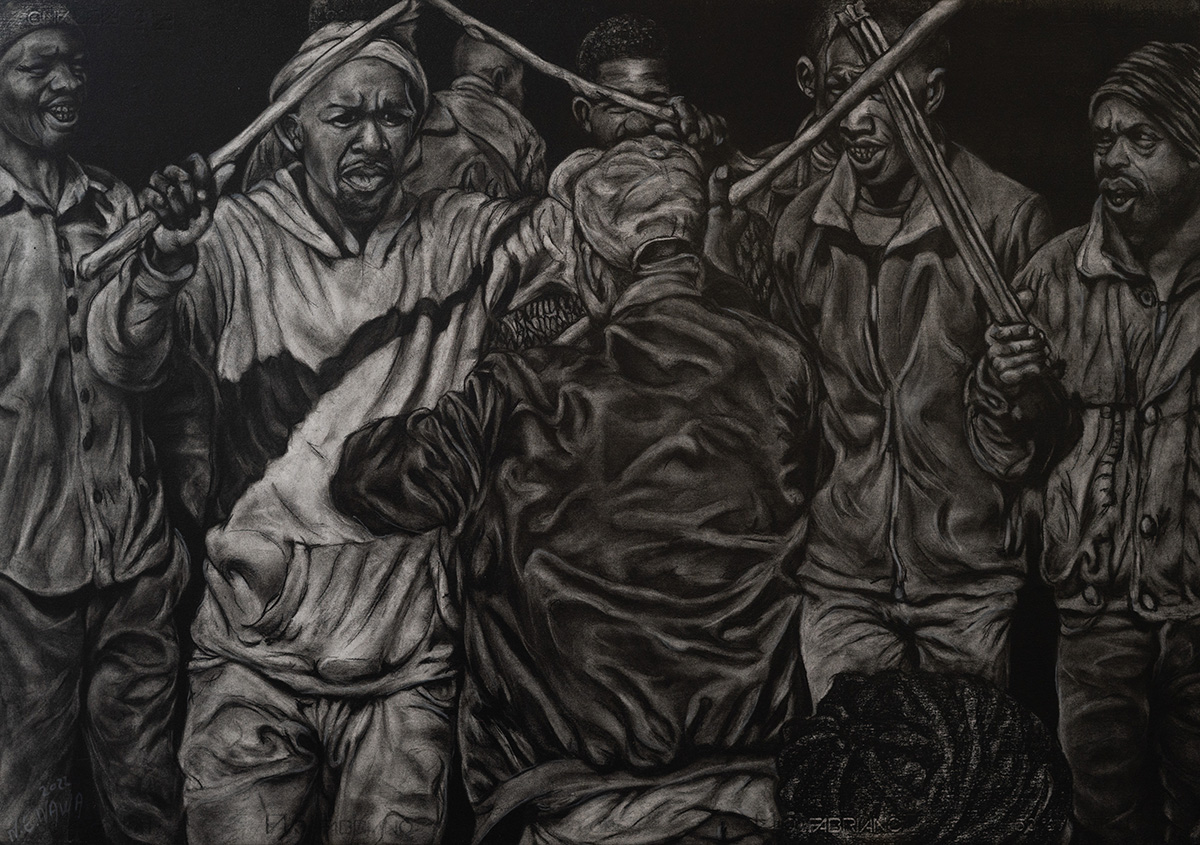
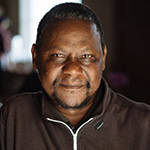
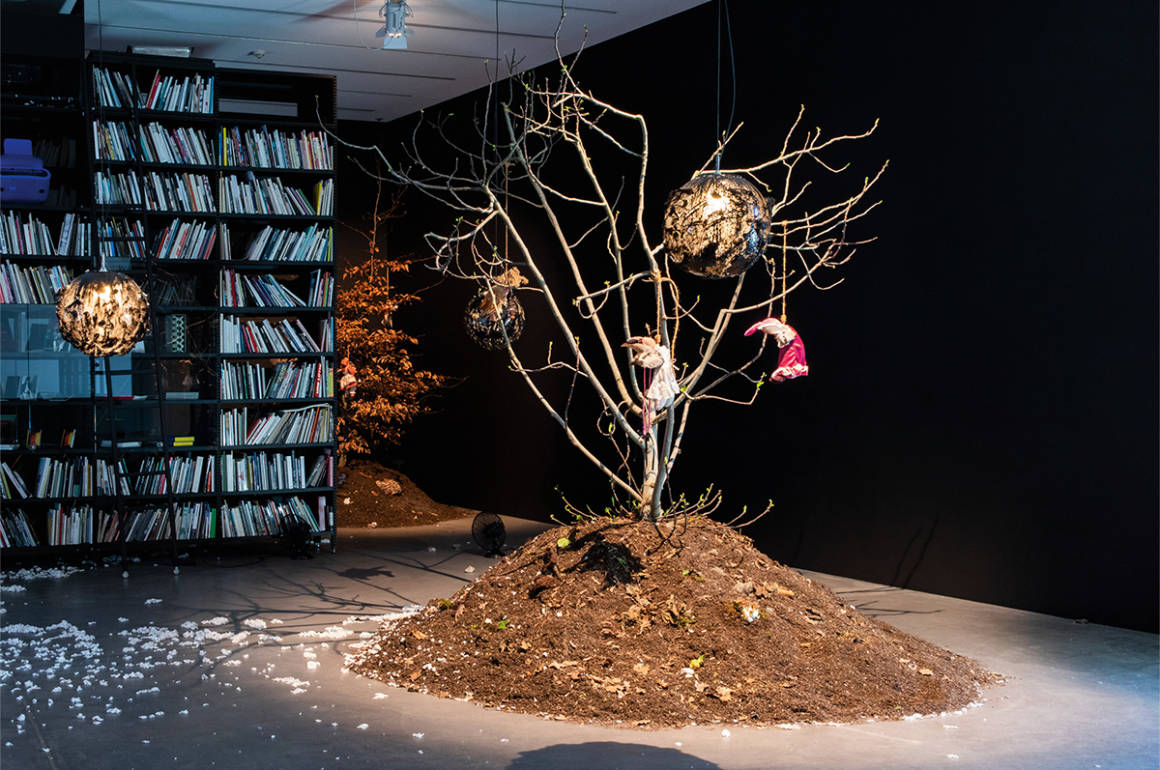
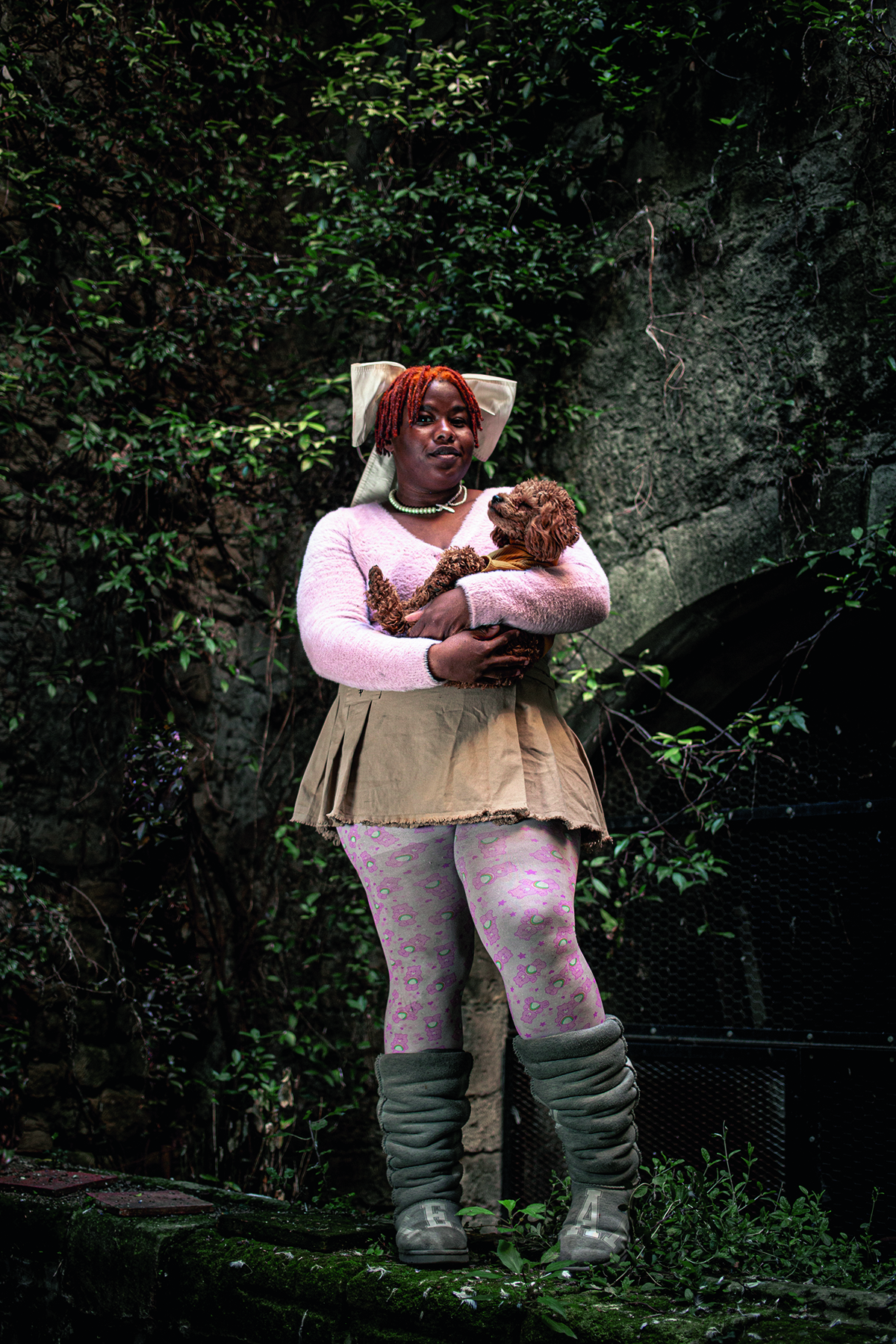
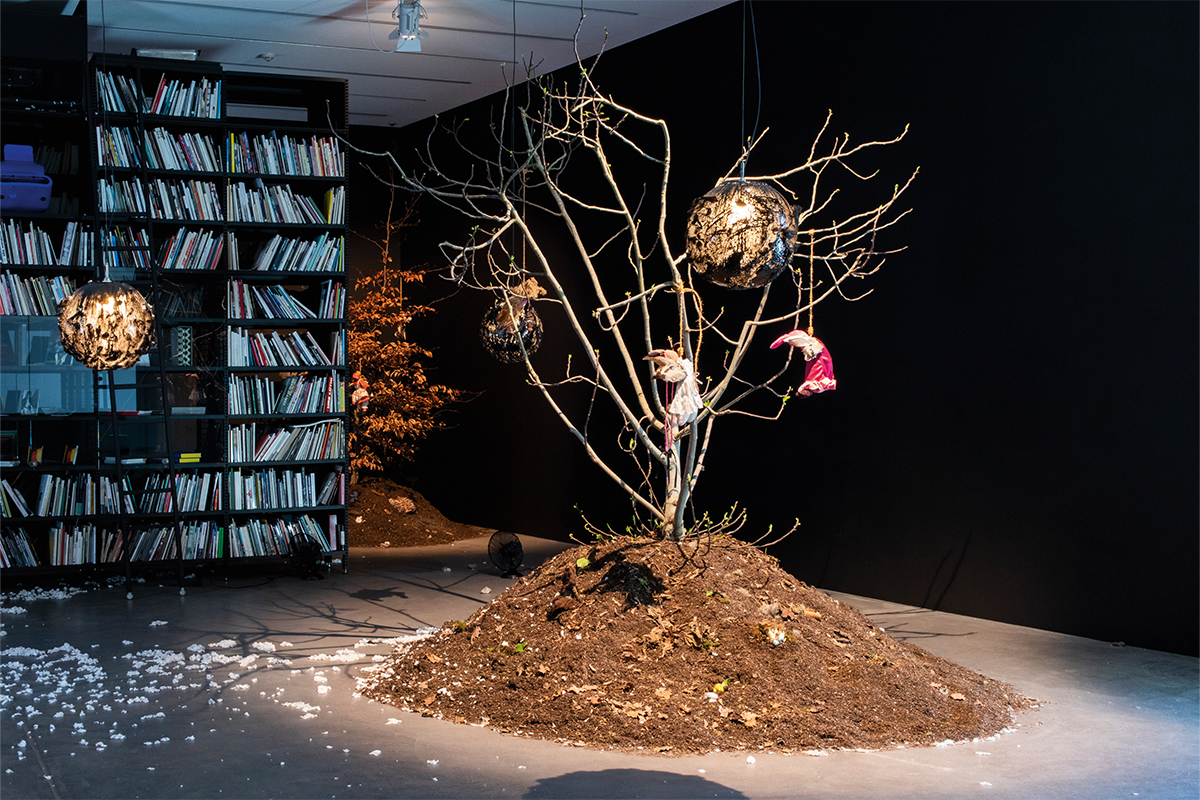
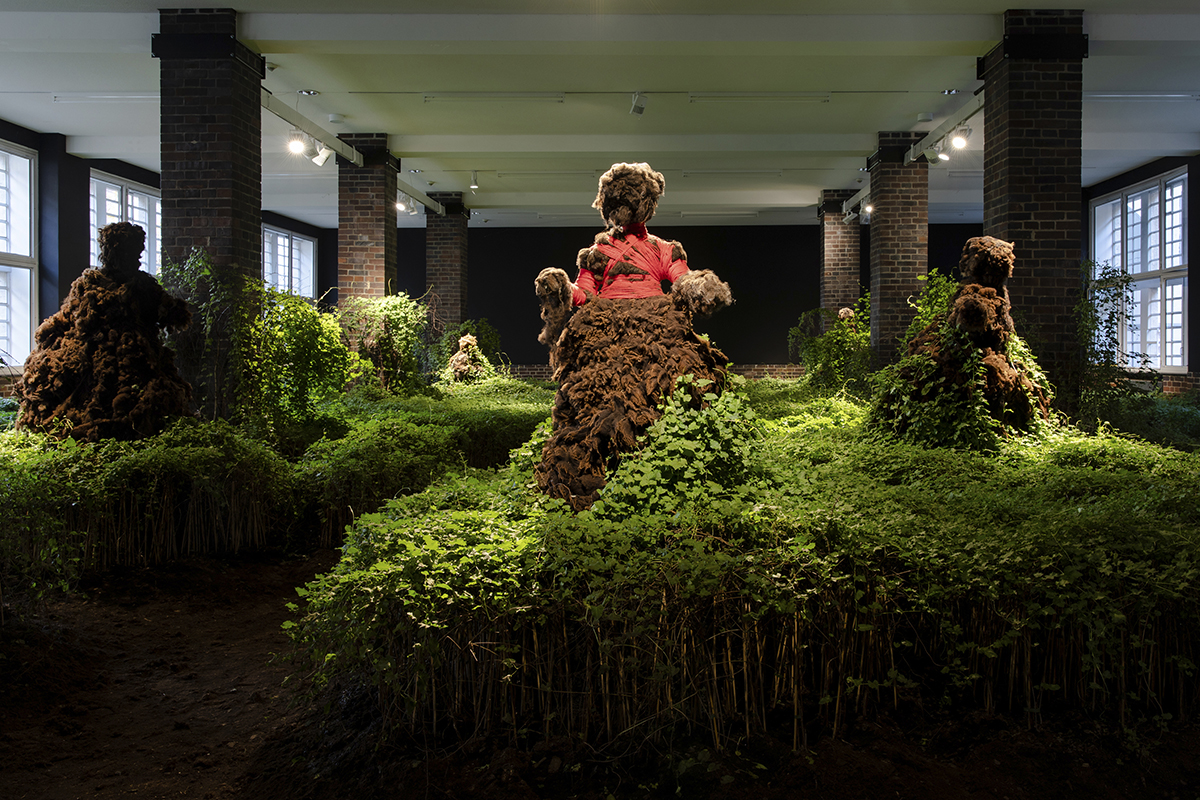
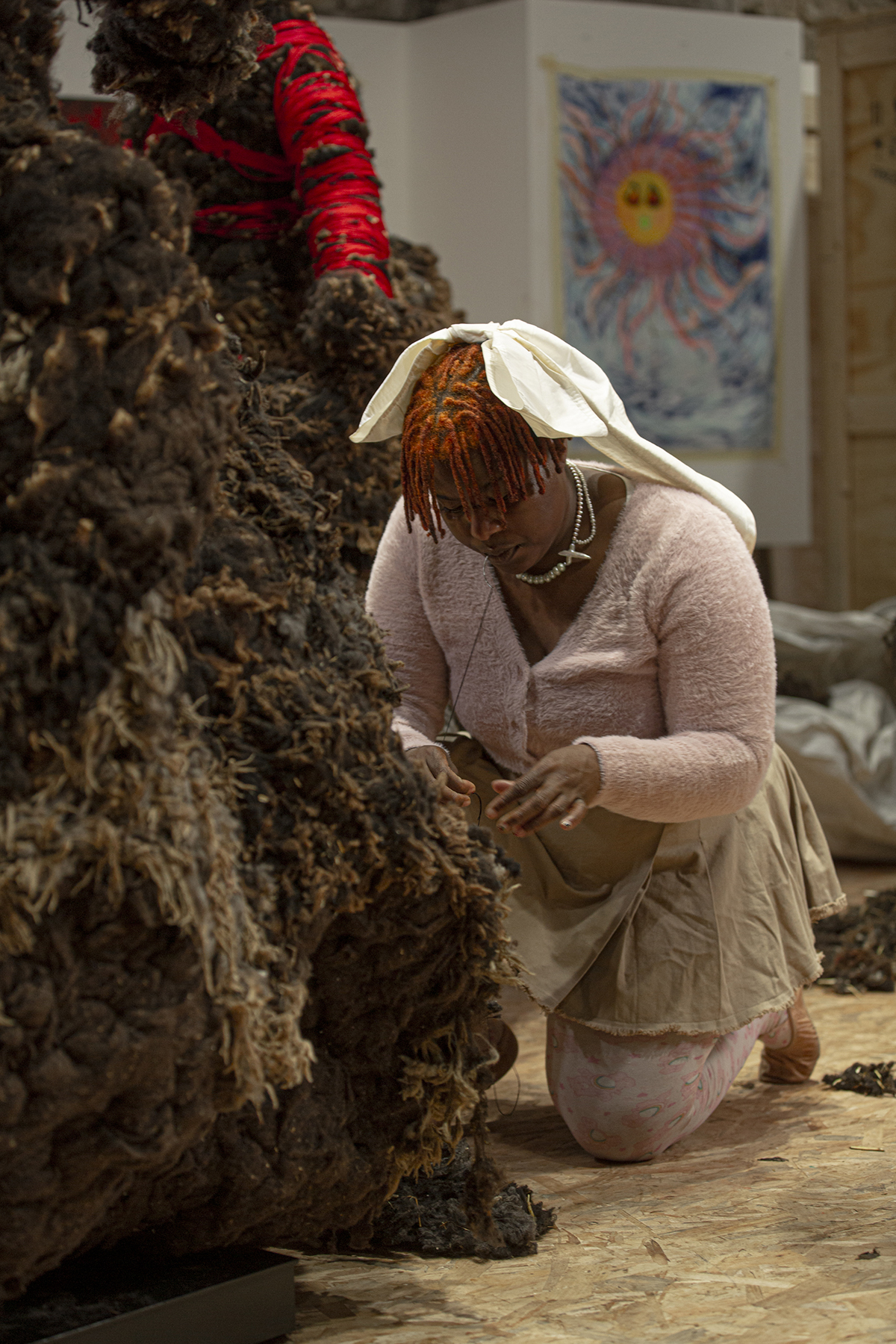
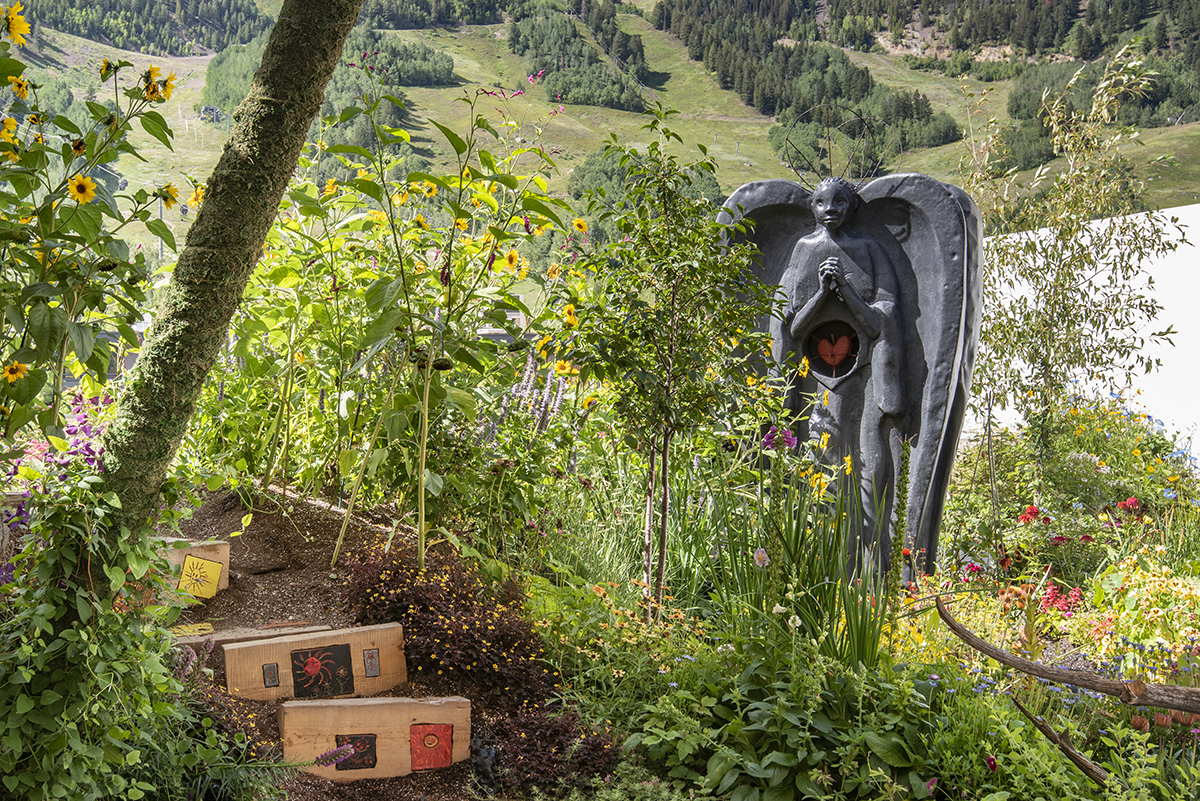
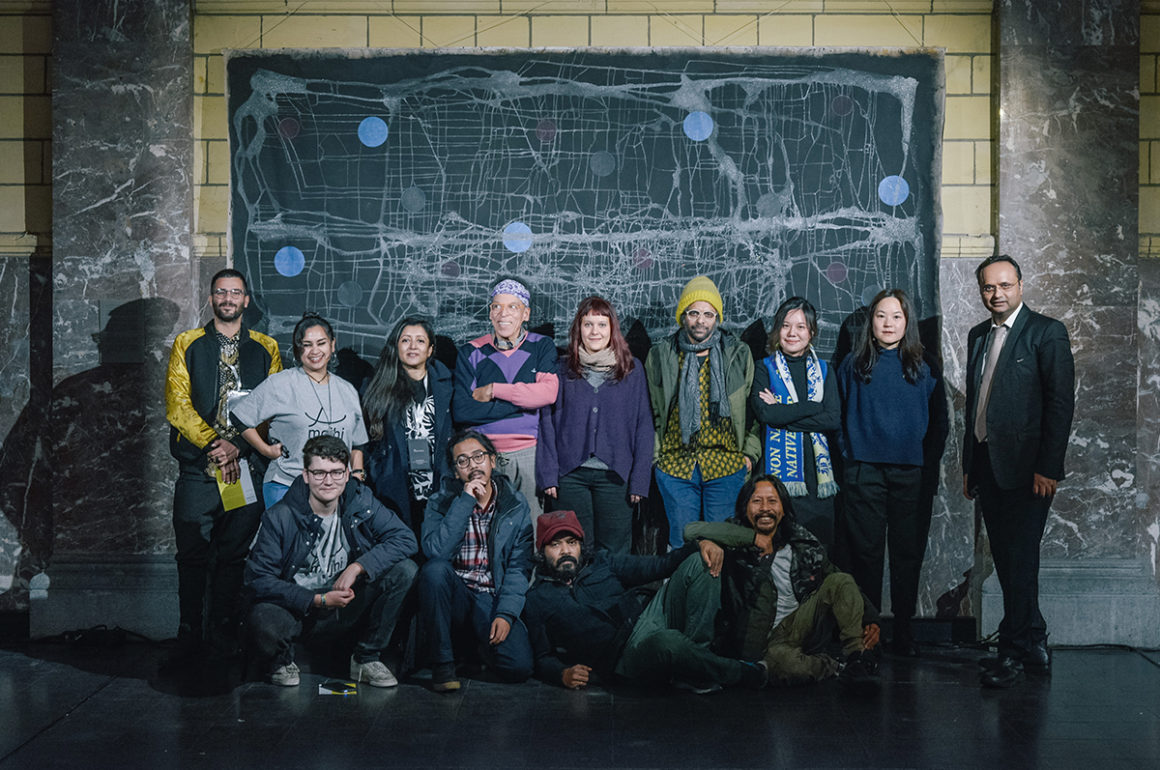
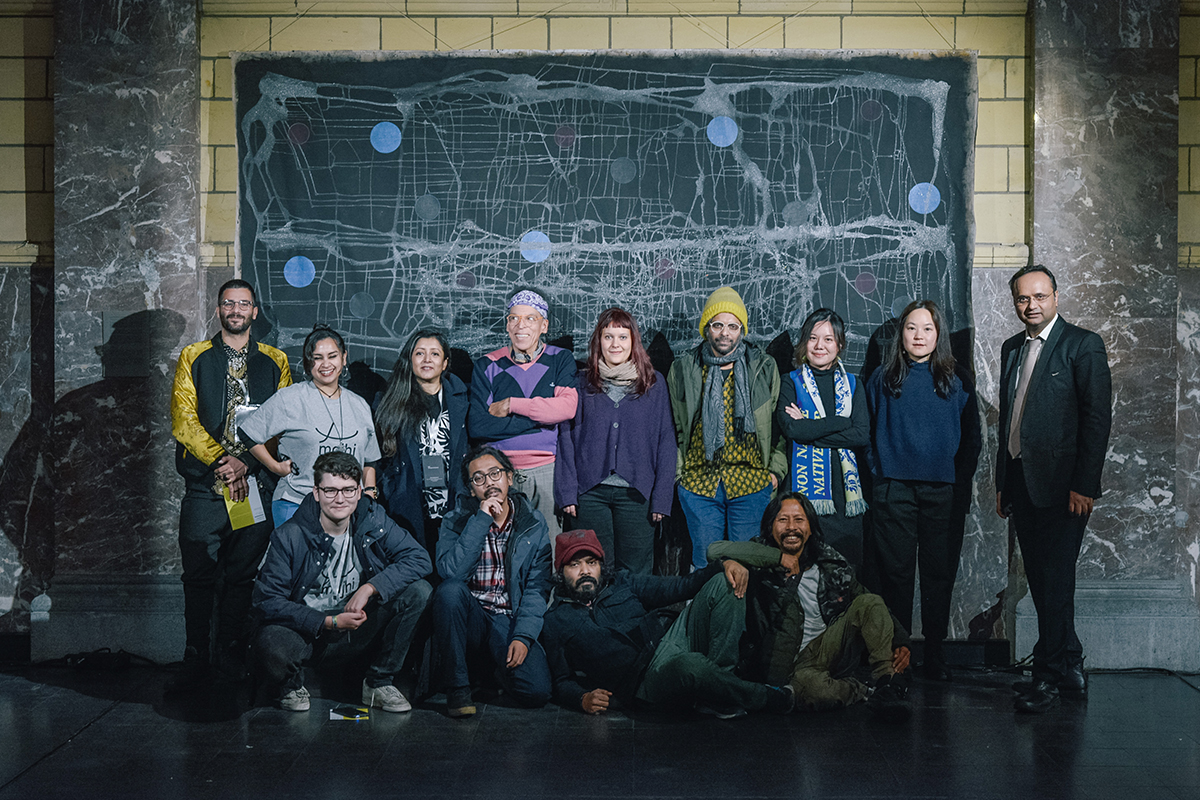
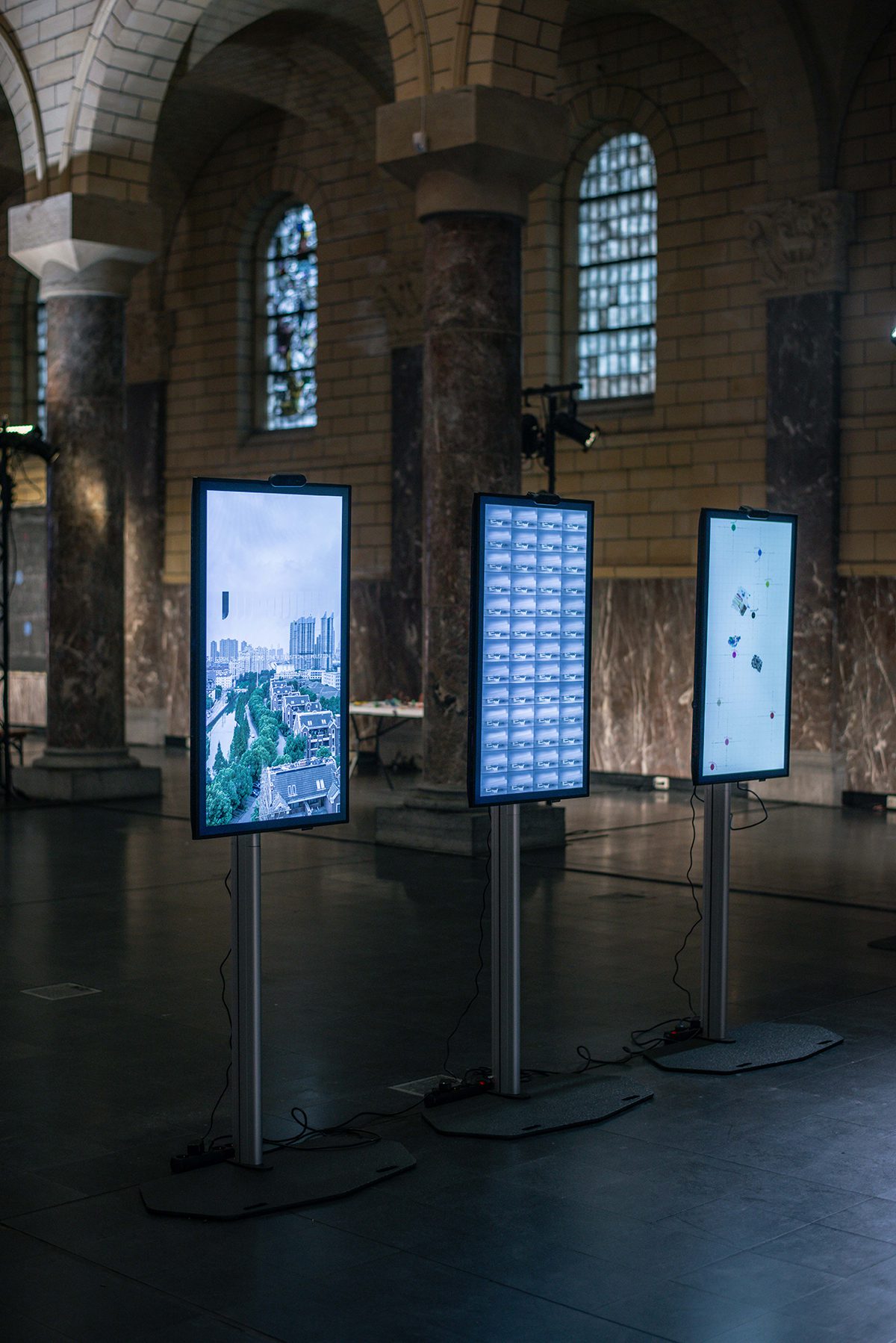
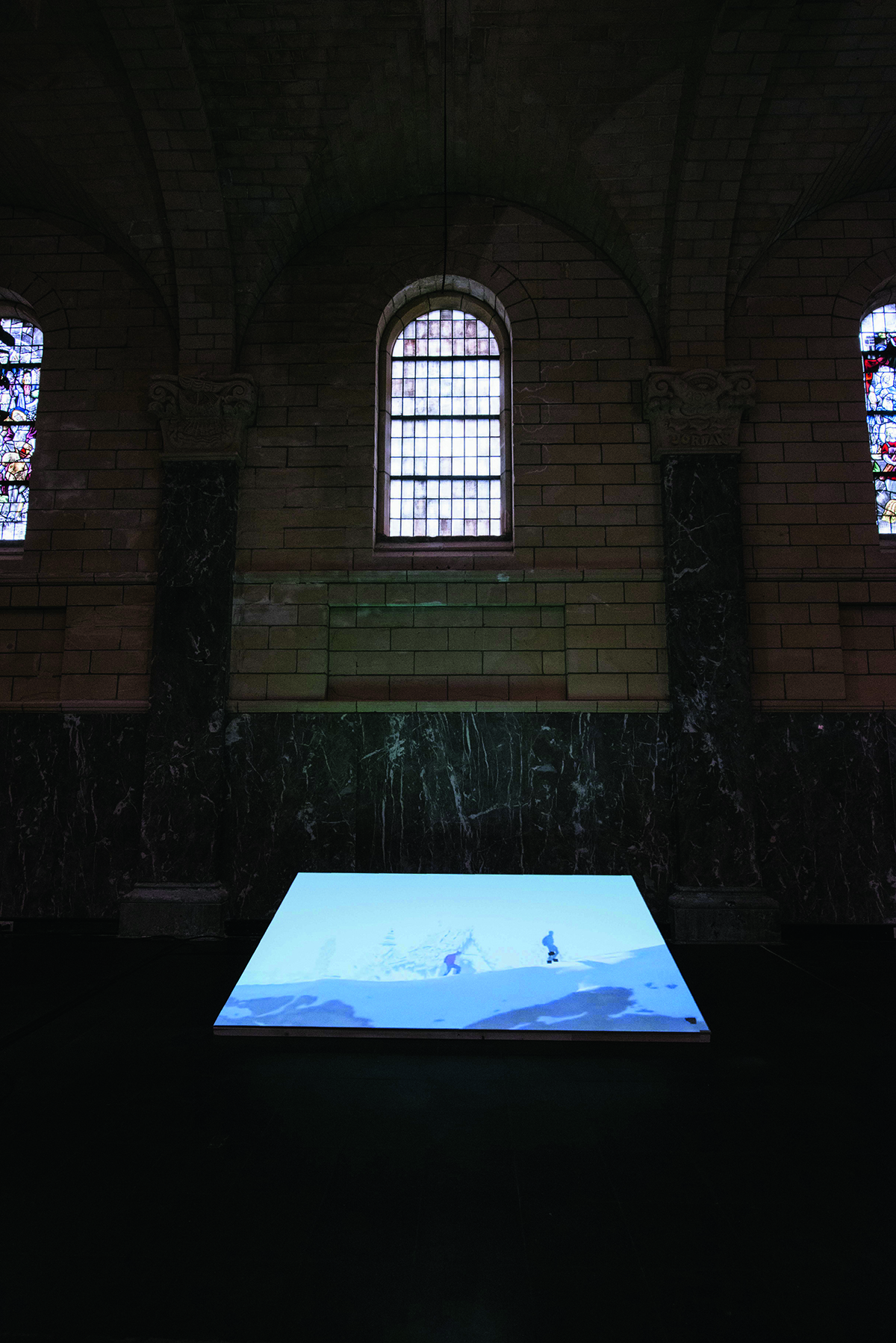
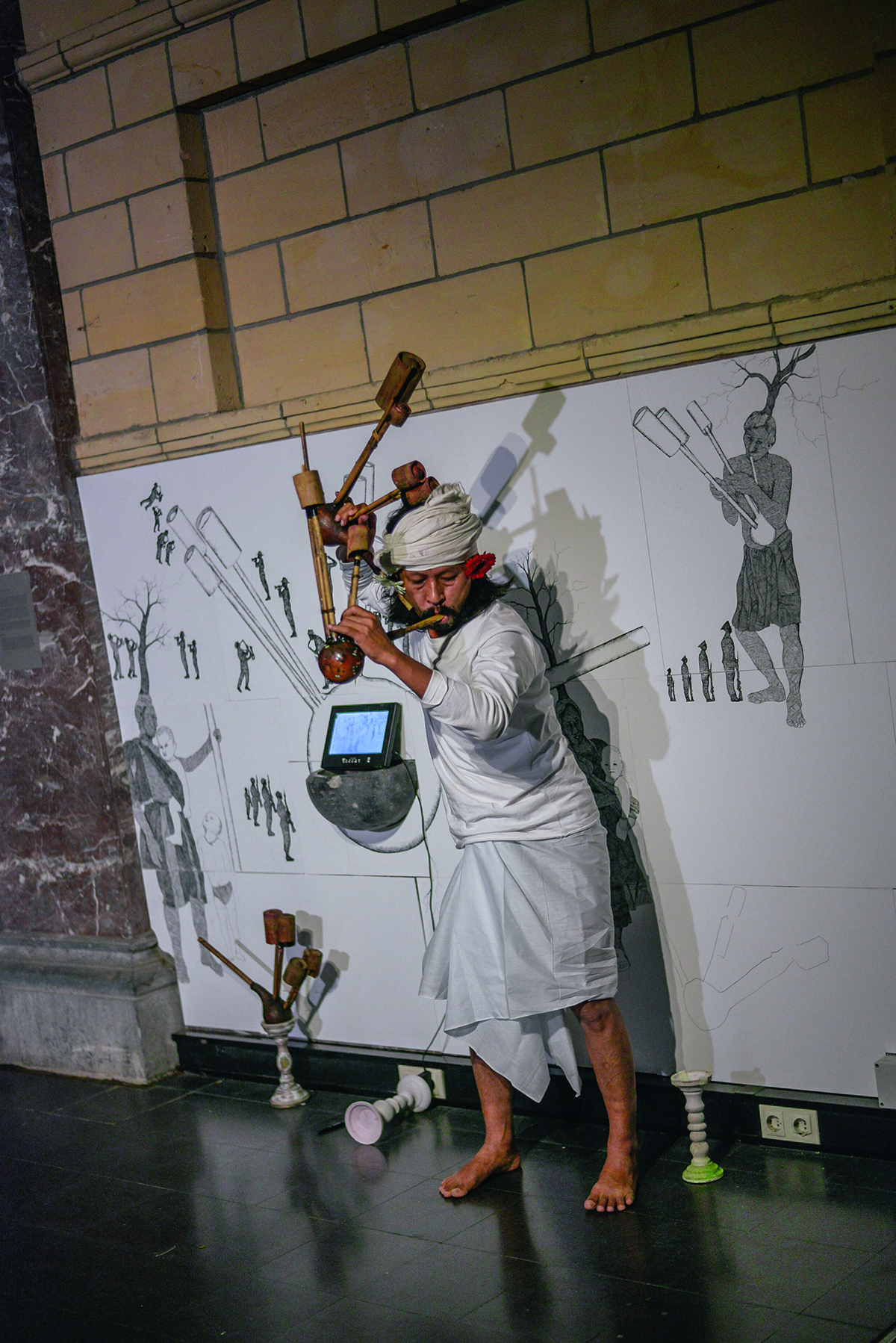
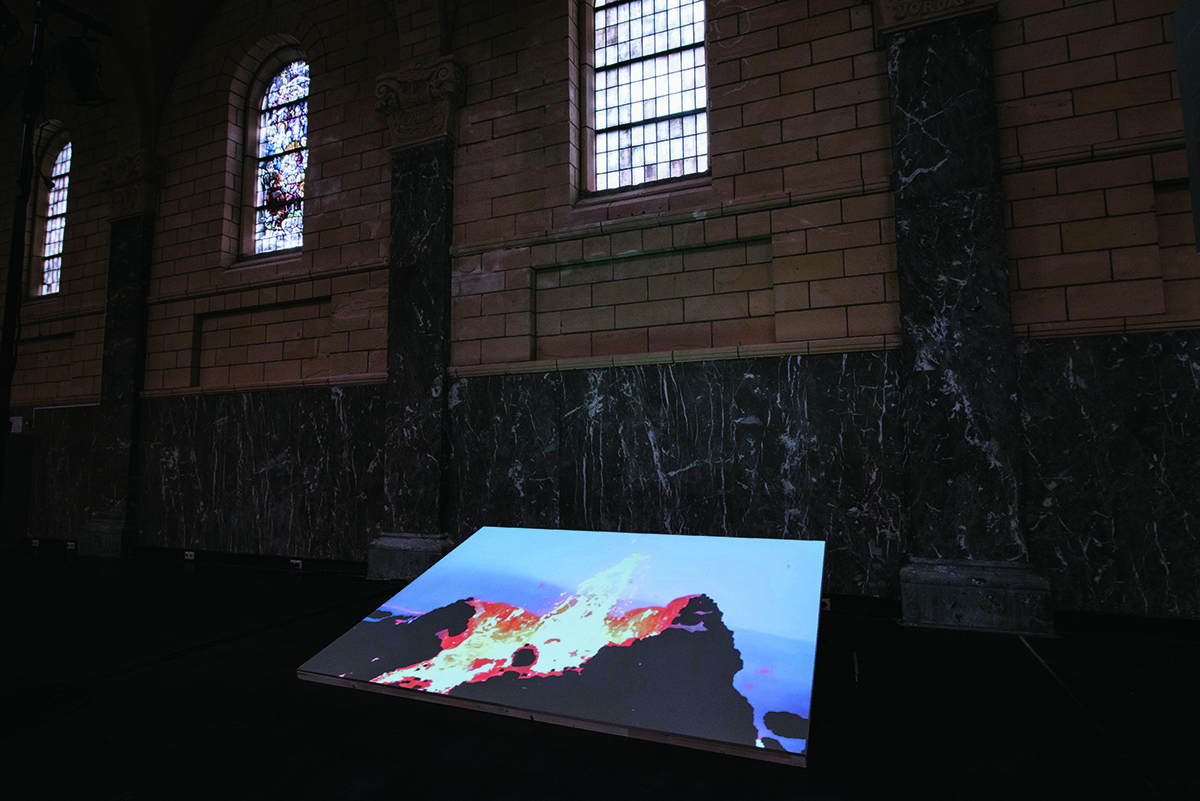
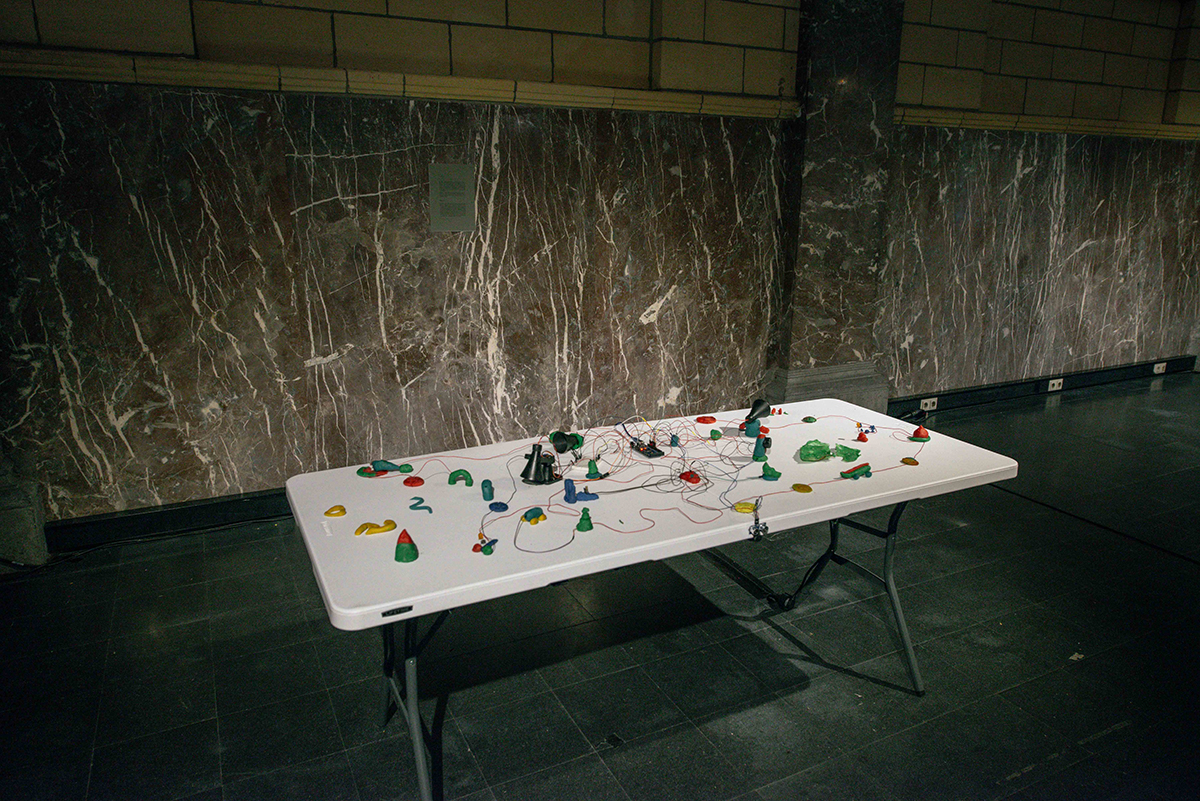
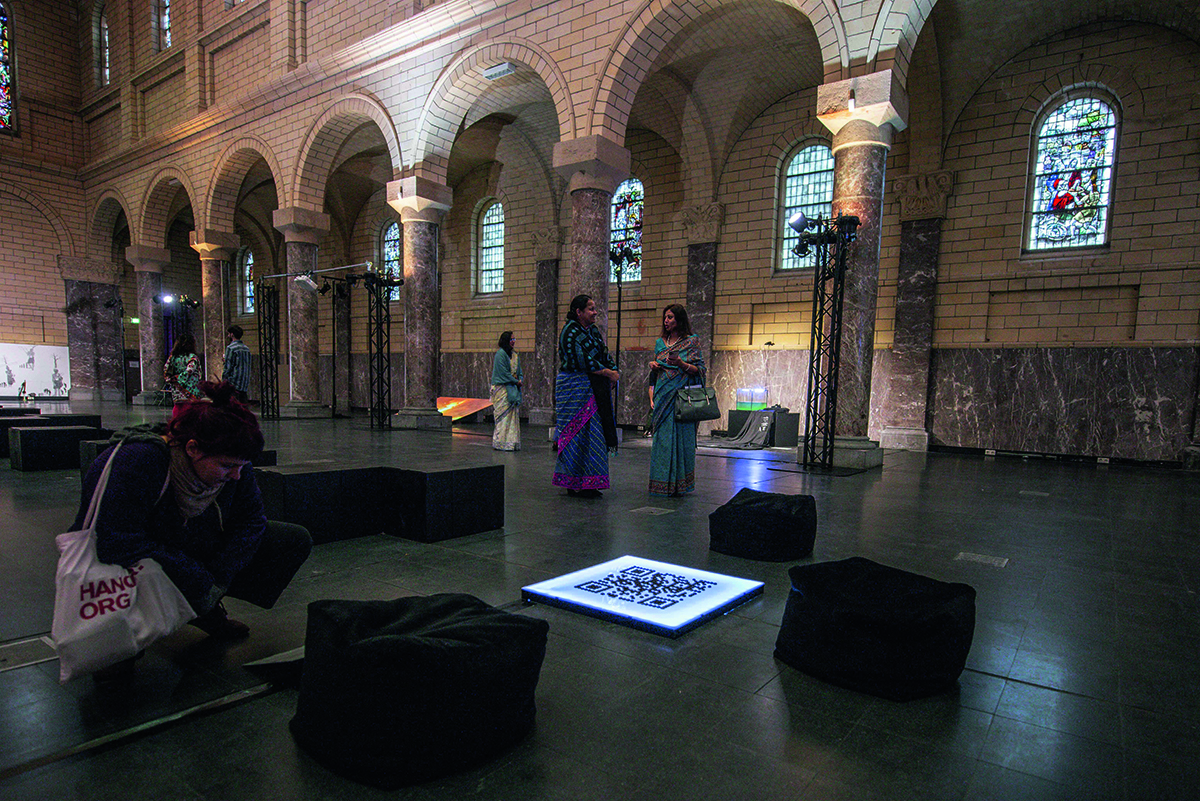
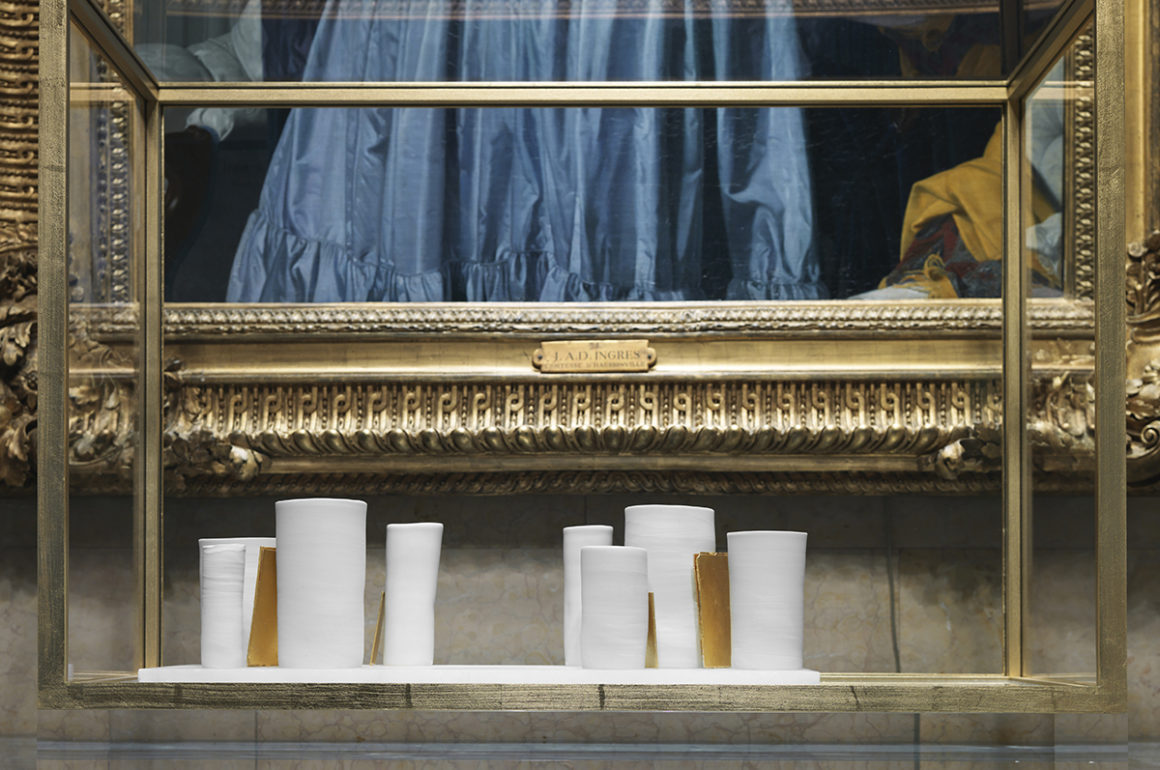
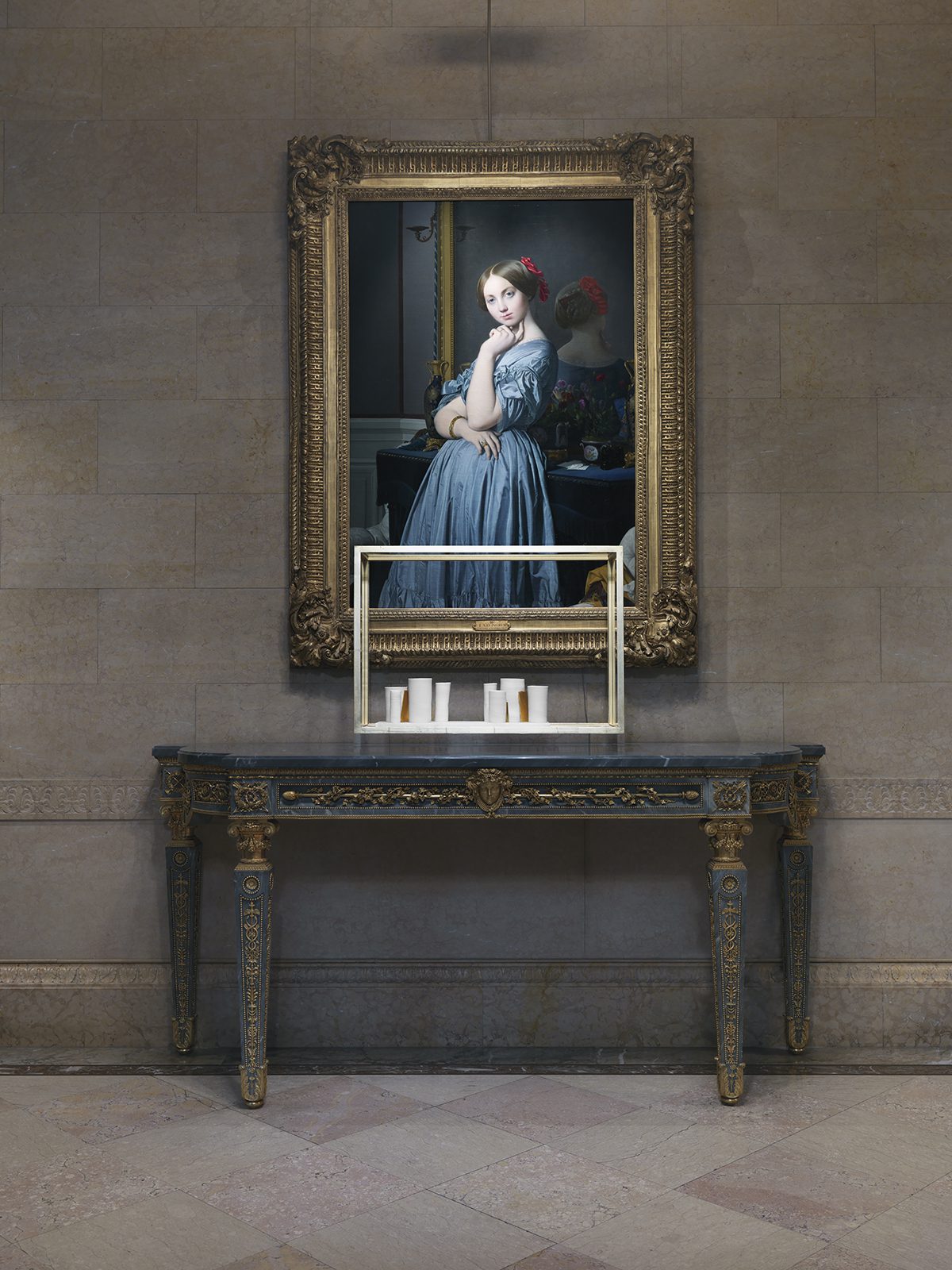
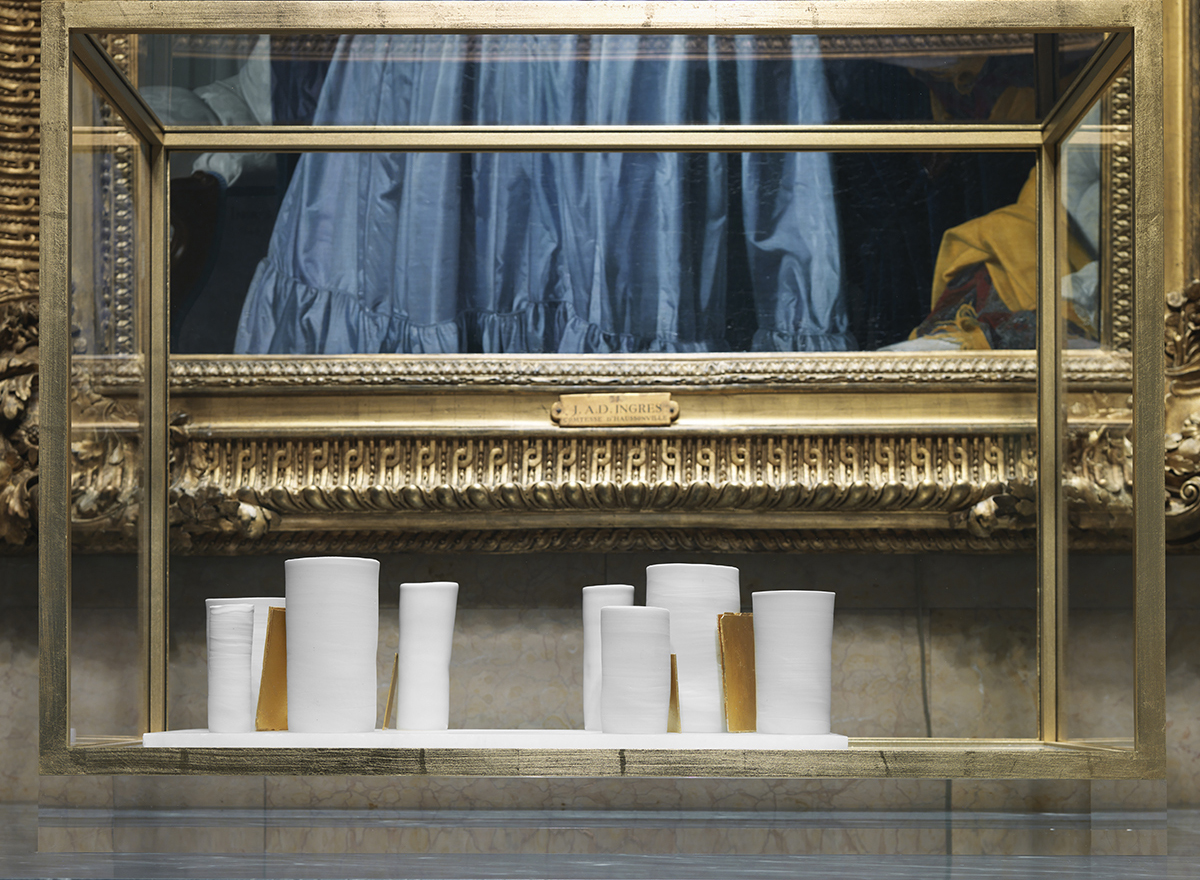
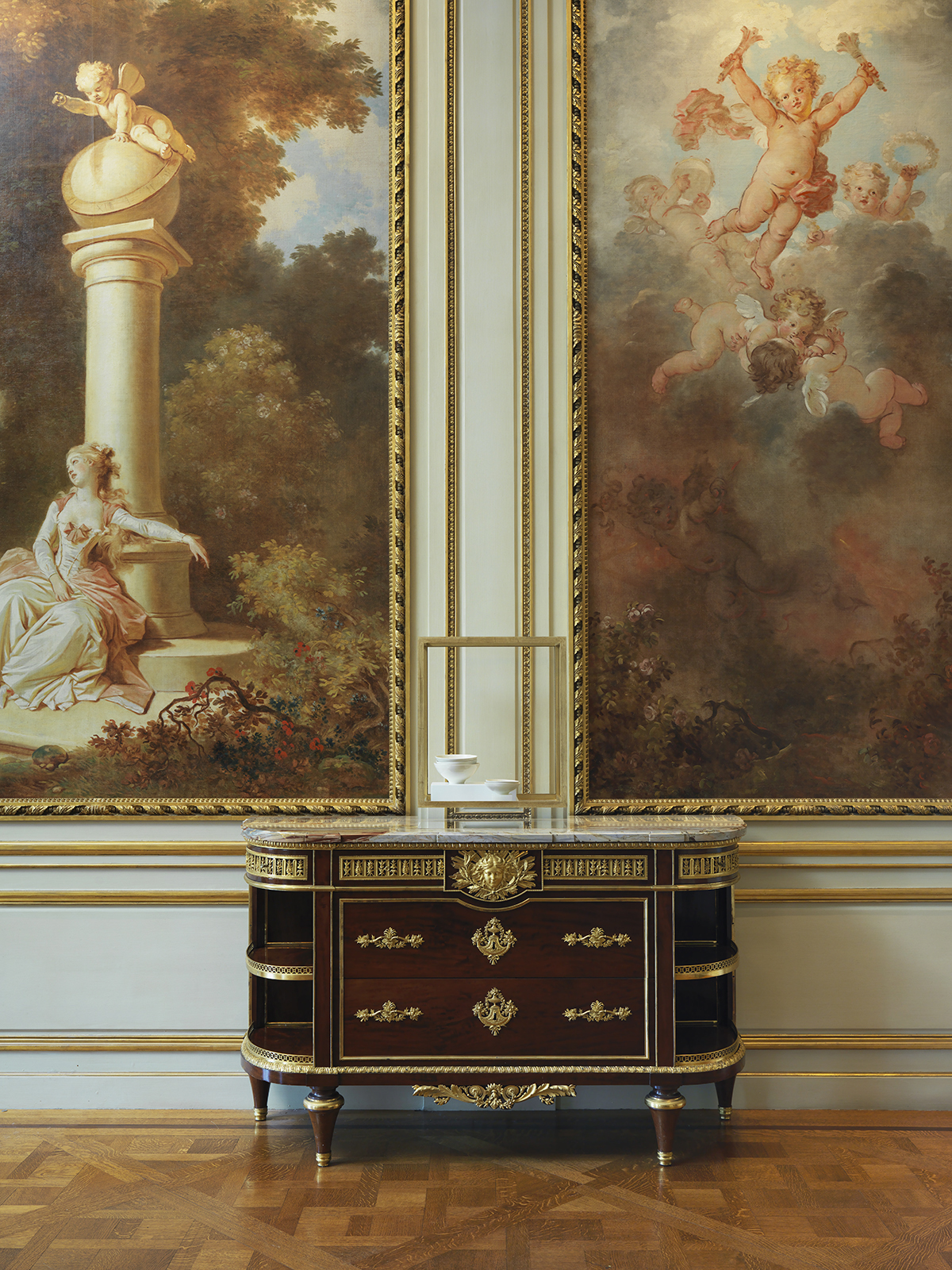





Recent Comments